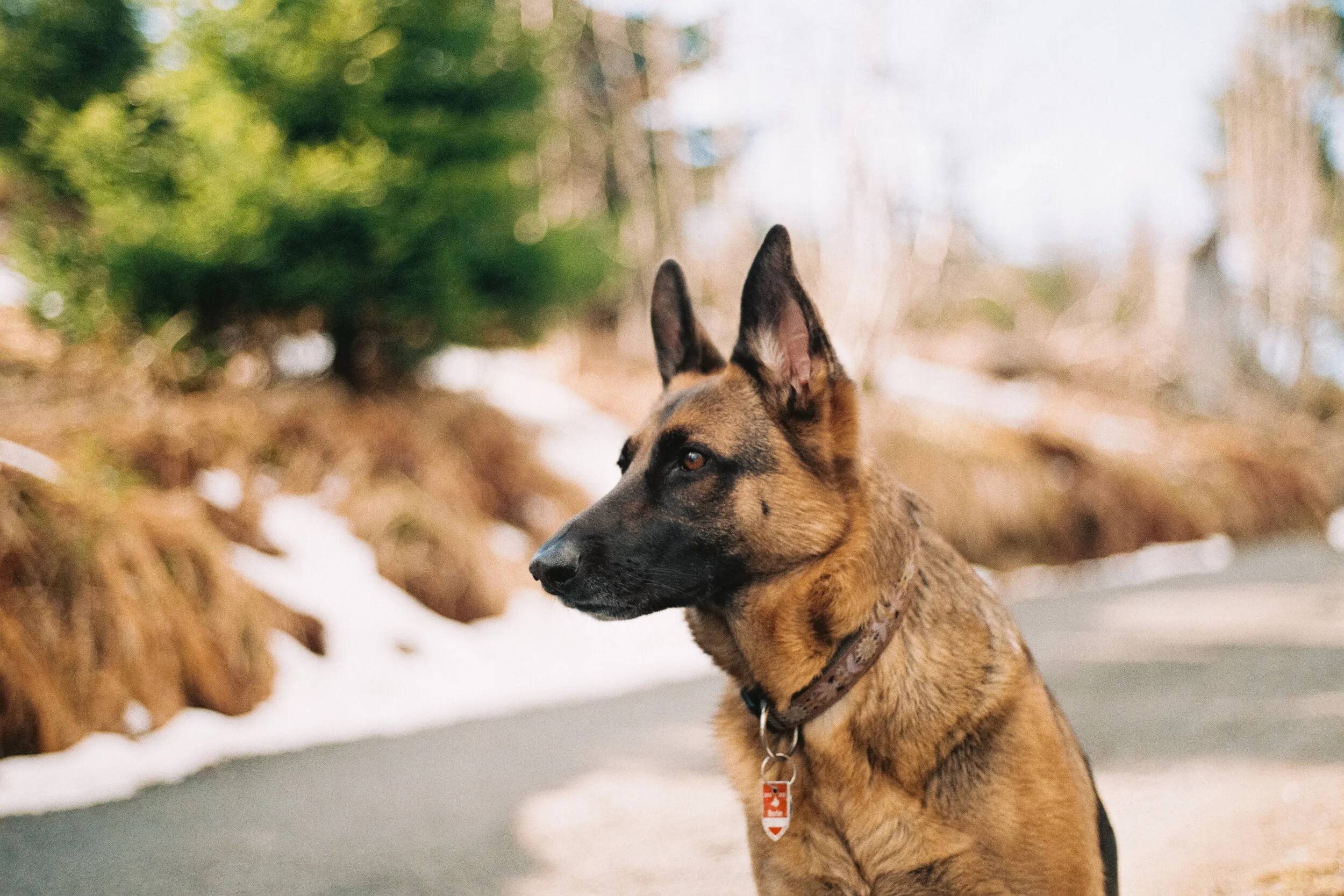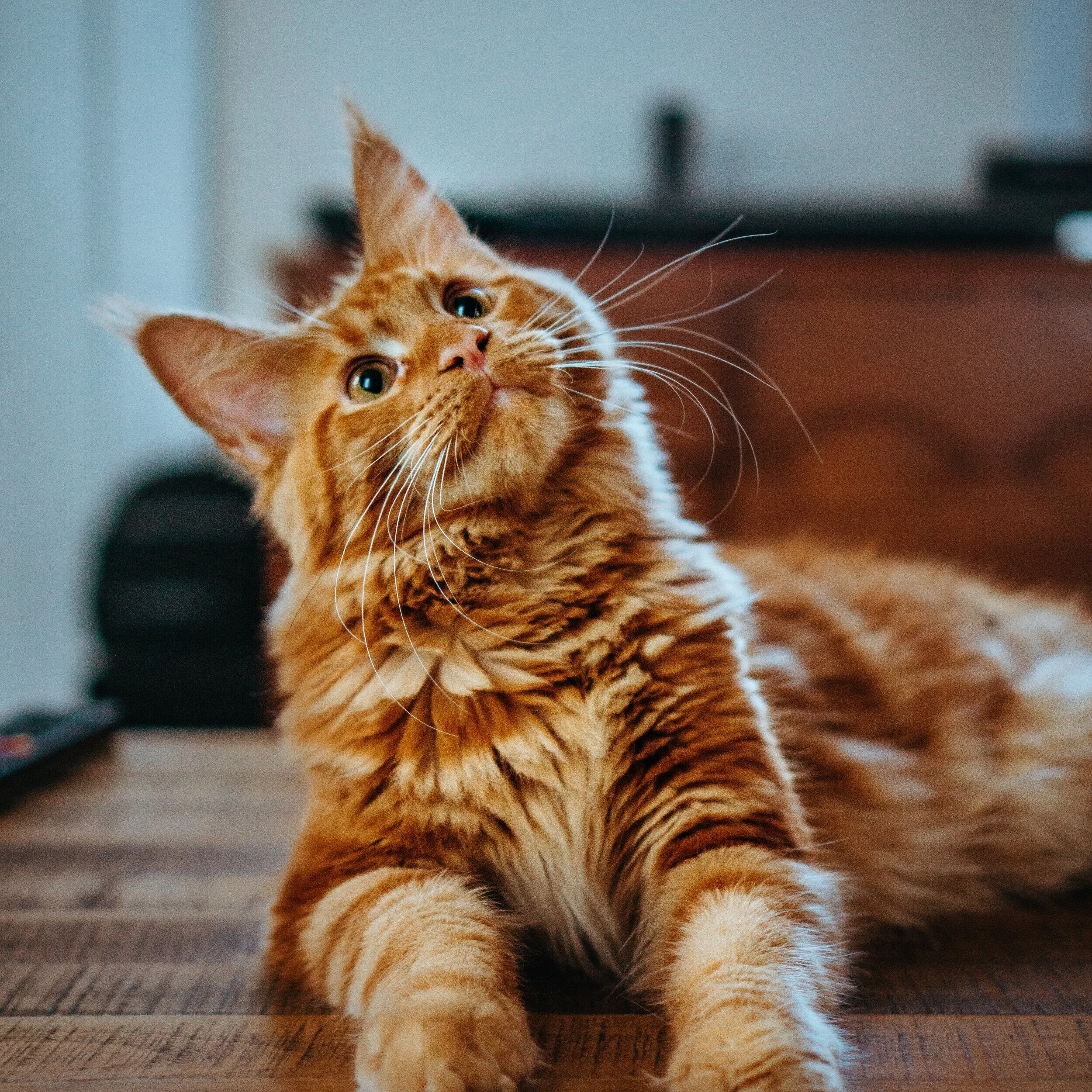Microchipping your dog or cat is important as if your pet escapes or becomes lost you are more likely to be reunited with your pet.
We also recommend that your pet wear a collar with an ID tag for quick reference of your pets name and your contact details to the person that finds them. This can speed up the process of finding your lost pet.
What is a microchip and how does it work?
A microchip is a permanent method of identification for your pet. It contains a unique identification code that is recorded on a national database with details about the animal and owner.
If your pet is lost, their microchip can be easily scanned by a vet, ranger or animal shelter so they can reunite you with your pet.
How do I update my contact details?
It is very important to keep your contact details up to date on the microchip database and with your local council. So if you move house, change your phone number or if your pet is transferred to a new owner, these details need to be updated so that you will be contactable if your pet escapes or becomes lost.
The easiest way to update the microchip database is to:
Go to www.petaddress.com.au and search using your pet’s microchip number.
You will automatically be redirected to the database that lists your pet’s microchip so that you can contact them directly to update your details.
If you don’t know your pets microchip number contact your local vet, council or animal welfare shelter who can scan your pet and supply you with your microchip number.
You will also need to update your pet registration details with your local council. This needs to be done separately.
Is microchipping my dog or cat compulsory?
It is compulsory to microchip cats and dogs in most states and territories of Australia. Pets also need to be registered with their local council (with exception to some councils). For most councils this needs to be renewed annually.
Registration fees fund council services such as responding to lost and wandering animals, dog parks, as well as responsible pet ownership education programs.
Many councils offer a discount on registrations if your pet is microchipped as an incentive for pet owners to microchip their pets.
Contact your local council for specific details about your area.
Is microchipping painful for my pet?
The chip itself is small, about the size of a grain of rice and is implanted underneath your pets skin. No surgery or anaesthesia is required. It can be done during a normal consultation.
Microchipping is a quick (only takes a few seconds), safe and simple procedure that causes little, momentary discomfort to your pet.
Where can I microchip my pet?
Your local vet can microchip your pet. Animal welfare organisations and local councils often organise microchipping days also.
If your pet is not microchipped, please call us to make an appointment on 03 8784 4444. If you find a lost pet, please contact us to arrange a scan so we can reunite microchipped pets with their owners.







